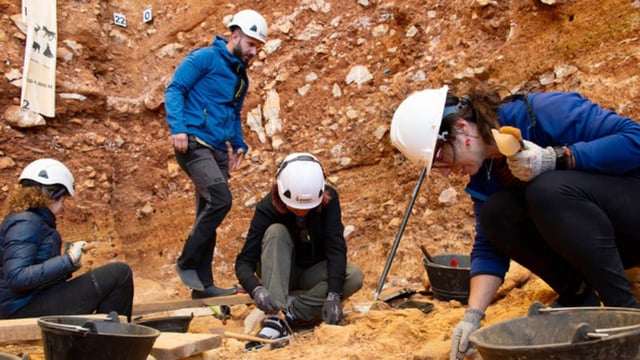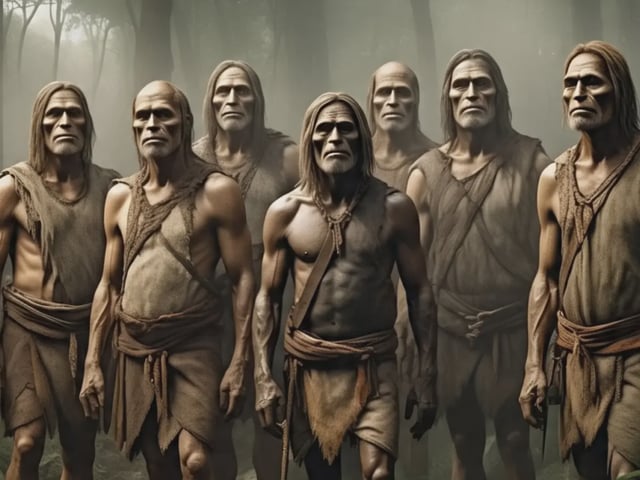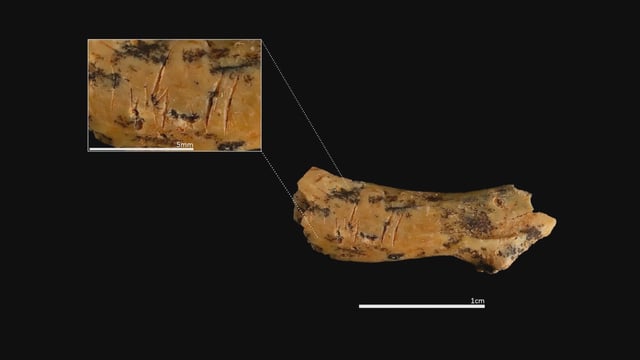Overview
- Researchers from the Catalan Institute of Human Paleoecology and Social Evolution (IPHES) uncovered a 2–4-year-old child’s cervical vertebra at the Gran Dolina site with precise cut marks for head disarticulation.
- The incision patterns confirm intentional decapitation and flesh removal consistent with processing human remains like animal prey.
- Morphological analysis attributes the remains to Homo antecessor, illuminating behaviors of the species considered a common ancestor of Neanderthals and Homo sapiens.
- Adult Homo antecessor bones at the site display defleshing marks and intentional fractures similar to faunal butchery, showing cannibalism was a recurring practice.
- Continuing digs at Gran Dolina promise further insights into early human mortuary practices and the survival strategies of Lower Pleistocene hominins.


